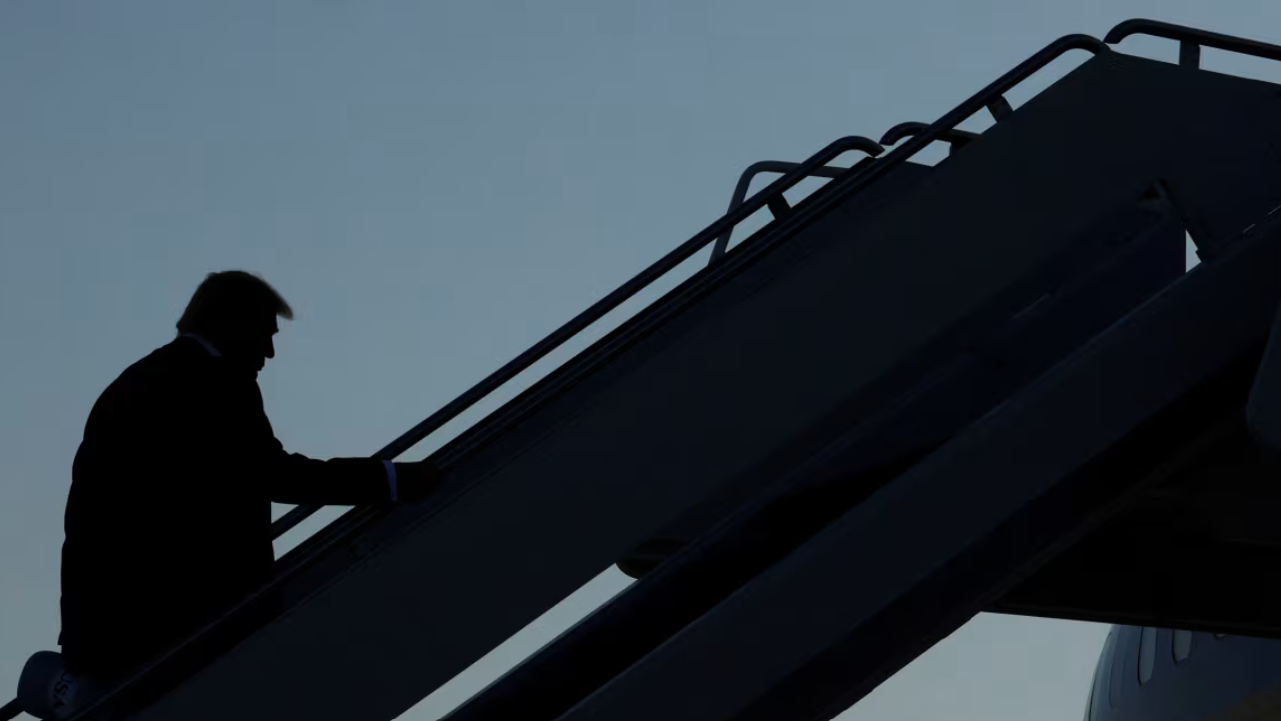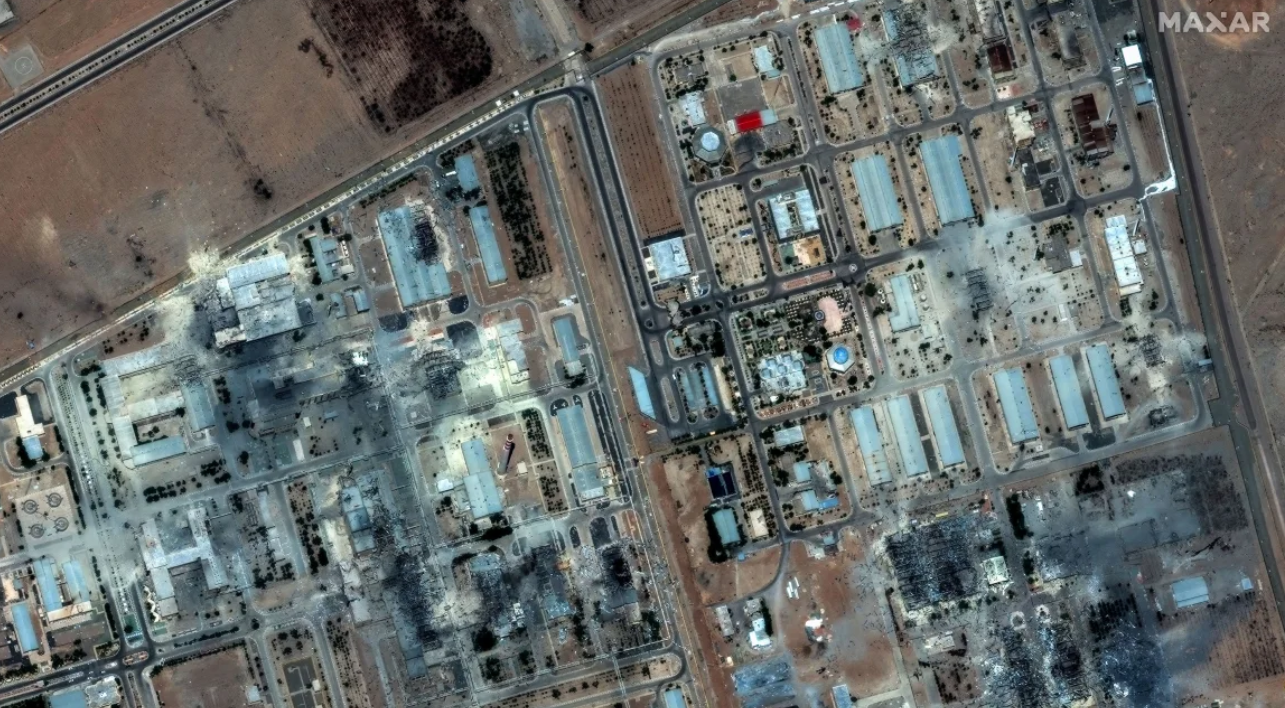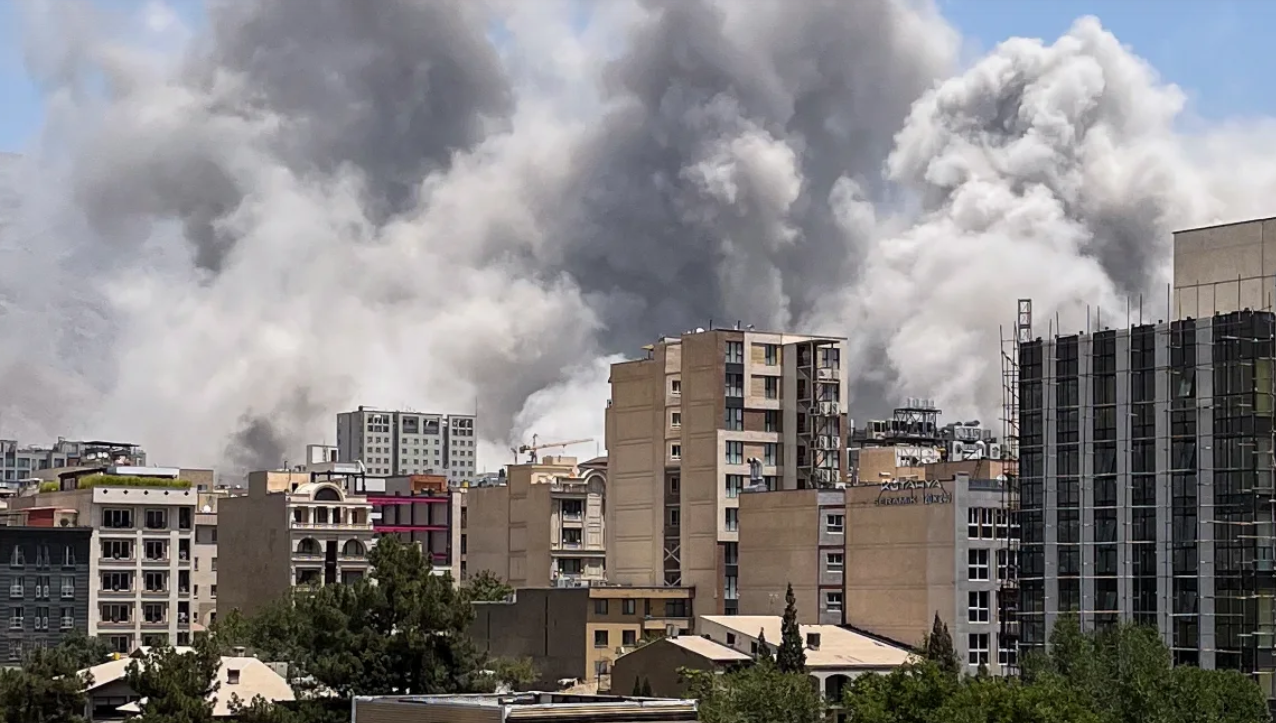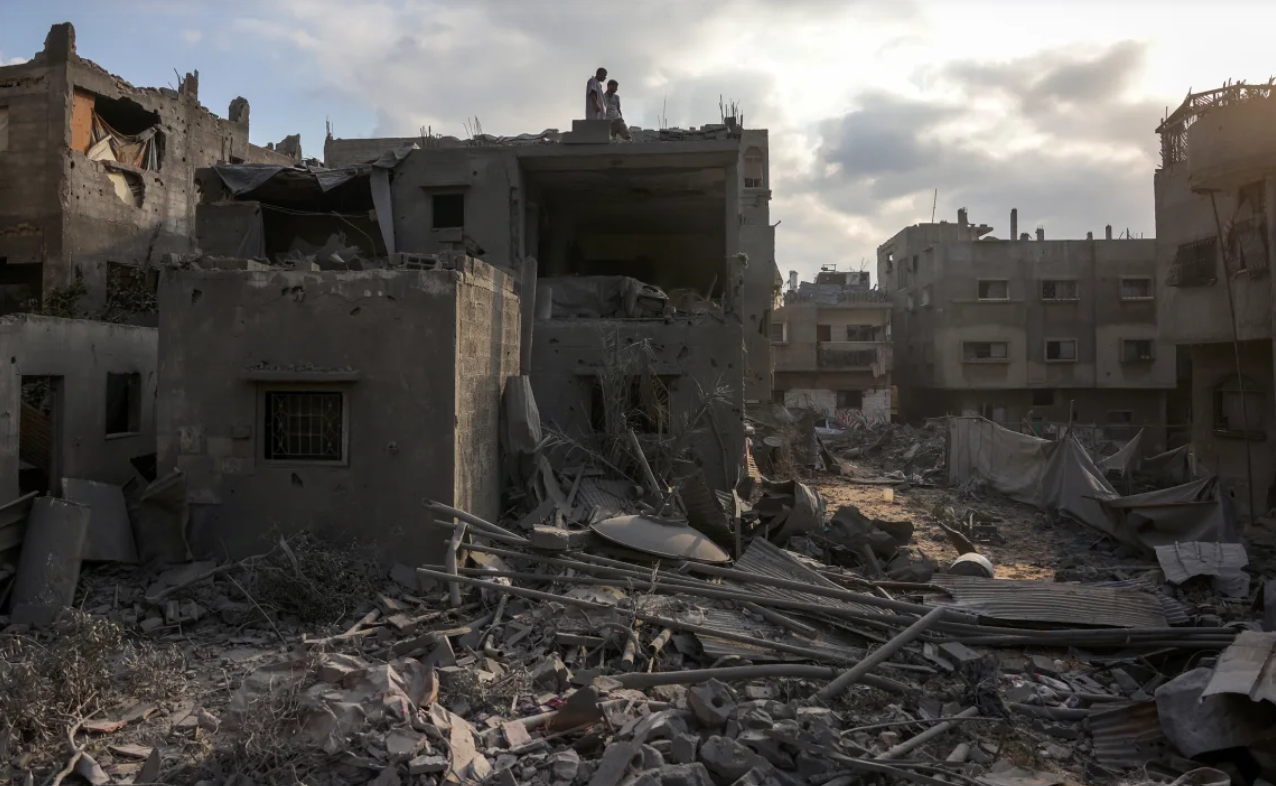
President Donald Trump boards Air Force One at Joint Base Andrews in Maryland as he departs for the NATO summit in The Hague on June 24
Just hours after a ceasefire agreement was announced between Iran and Israel, tensions reignited as both sides accused each other of renewed aggression, casting doubt on the durability of the fragile truce. While the ceasefire was initially welcomed as a step toward de-escalation, the reality on the ground quickly contradicted the diplomatic headlines.
Israel, having declared its key objectives achieved—namely weakening Iran’s missile and nuclear infrastructure—agreed to halt its operations if Iran reciprocated. However, within hours, Israeli officials reported incoming missile fire from Iranian territory, prompting a retaliatory strike. Tehran countered by claiming it had been attacked from multiple fronts, accusing Israel of violating the ceasefire almost immediately.
Meanwhile, the United States took a dramatically more active role than in previous conflicts. On June 22, American forces launched a sweeping wave of airstrikes targeting Iran’s nuclear sites under a mission dubbed “Operation Midnight Hammer.” Employing bunker-busting bombs and cruise missiles, the strikes marked the first time the U.S. directly intervened with full-scale military action in the current crisis. President Trump defended the operation as a necessary step to prevent a broader catastrophe, while urging Israel to stand down and calling their recent actions “completely irrational.”
Iran responded swiftly and defiantly. Its Foreign Ministry condemned the U.S. strikes as “reckless and illegal,” while the head of Iran’s Atomic Energy Organization denounced them as violations of international law and the Nuclear Non-Proliferation Treaty. In a show of force, Iran launched missiles at a U.S. airbase in Qatar in what it called “Operation Glad Tidings of Victory.” Qatari officials claimed that six missiles were intercepted, with one reaching the perimeter of the base—an attack symbolic of Iran’s readiness to escalate beyond Israel.
The impact on civilians has been immediate and severe. In Tehran, hundreds of thousands of residents fled the capital amid fears of more airstrikes, leading to traffic gridlock, fuel shortages, and widespread communications disruptions. Iran’s interior ministry warned of a potential humanitarian crisis if hostilities were not contained quickly.
International observers, including the United Nations and the International Atomic Energy Agency, have urged both sides to show restraint. They are calling for urgent access to Iranian nuclear sites to assess damage and prevent any radioactive fallout. The ceasefire, once seen as a hopeful breakthrough, now hangs by a thread as regional stability teeters on the brink.
The question remains whether cooler heads will prevail—or if this latest ceasefire was merely a pause before an even more dangerous chapter begins.

this satellite image shows an overview of Isfahan Nuclear Technology Center after it was hit by US airstrikes on June 22

Smoke rises from a location allegedly Islamic Revolutionary Guard Corps’ Sarallah Headquarters north of Tehran on June 23

Palestinians standing atop a building after an Israeli strike west of Jabalia in the northern Gaza Strip on June 23
